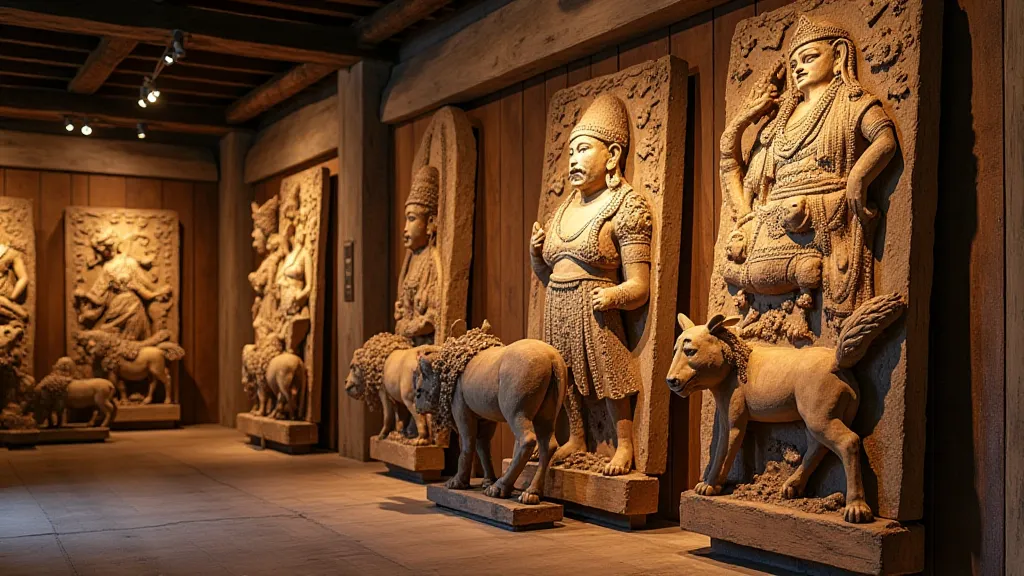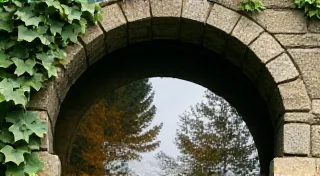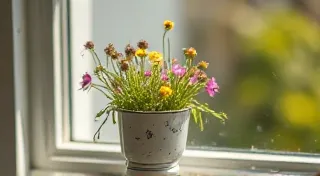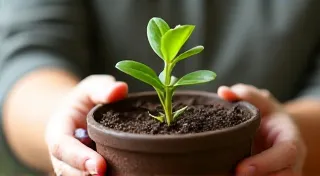The Whisper of the Grain: Personal Narratives of Regional Carving Apprenticeships
Wood carving isn't merely a craft; it’s a conversation. A dialogue between the artisan and the wood itself. It's a legacy, passed down through generations, whispering tales of ancestors and their connection to the land. The patterns, the forms, the very grain tell a story, and understanding that narrative requires more than just skill—it demands apprenticeship, dedication, and an open heart. This article delves into the personal journeys of those who’s learned the ancient art, capturing the challenges, joys, and unique insights gained through these invaluable traditions. We’ll explore how regional styles aren’t just about aesthetics; they are embodiments of cultural identity, interwoven with history and folklore. The specialized knowledge required goes beyond simply shaping wood; it involves a profound understanding of the tools themselves, a mastery that often begins with learning about beyond the axe and the wider spectrum of woodworking tools and techniques.
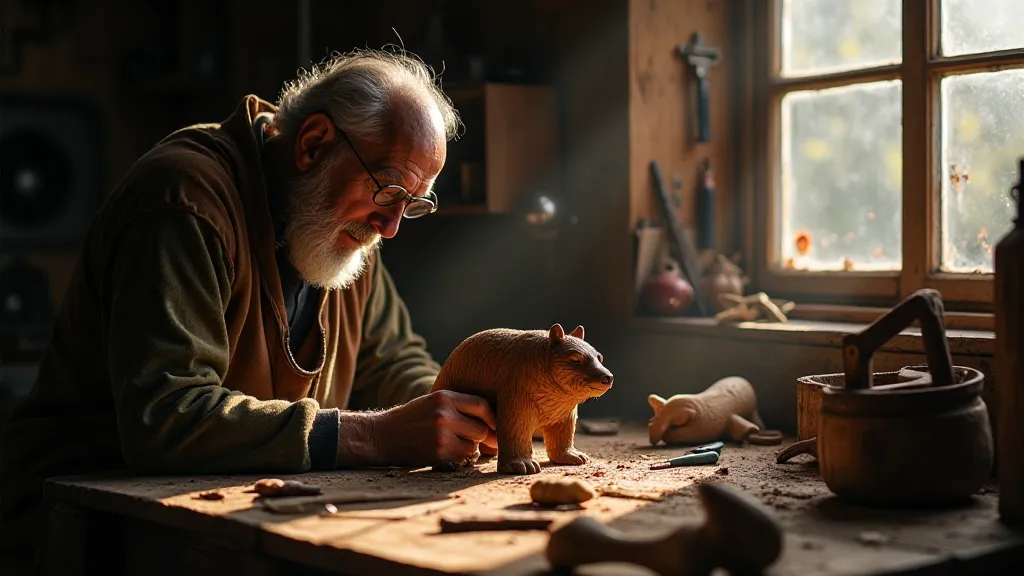
The Appalachian Echo: A Tale of Bear Gramps and Balsam Fir
Sarah grew up in the heart of the Appalachian Mountains. Her grandfather, whom everyone called "Bear Gramps," was a renowned carver, known for his intricate bear figurines made from locally harvested balsam fir. Sarah’s apprenticeship began not with formal lessons, but with observation. She spent countless hours at her grandfather’s side, watching his hands coax shapes and forms from the wood. “It wasn’t about the carving itself initially,” she recalls. “It was about understanding the wood. Bear Gramps would explain the grain, the knots, the way the tree grew. He said the wood ‘talked’ to you; you just had to listen.”
Sarah’s formal training began when she was ten. Bear Gramps would give her small pieces of wood and a single carving knife, setting her the task of simply carving a circle. “It sounds trivial,” she admits, "but it taught me about control, about pressure, about feeling the wood respond to the blade. There were a lot of splintered failures.” The apprenticeship was steeped in tradition, respecting the forest and utilizing every part of the tree. "Waste was an insult," she explains. Bear Gramps emphasized the importance of connecting with the natural world, viewing the forest as a living entity that provided for them. The bears she carves aren't just representations of animals; they’re imbued with the spirit of the mountains, a tangible link to her family's history. The relationship between the landscape and the resulting carvings is profound; the very character of the wood reflects its origins, an idea beautifully explored in echoes in the grain – an investigation of how geographic location shapes artistic expression.
The Baltic Bloom: Amber and Linden in Latvian Folk Art
Across the Atlantic, in Latvia, Maris’s apprenticeship was markedly different, though equally profound. His family had been carving for centuries, specializing in decorative panels and figurines that often incorporated amber, a signature element of Baltic folk art. Maris’s training began early, around the age of six, with the shaping of small wooden spoons and other simple utensils from linden wood – another wood central to Latvian carving traditions.
“The linden,” Maris says, “it’s soft, forgiving. It allowed me to learn the basics without constant frustration. But it also taught me respect; even a soft wood can splinter if you’re careless.” The key, he learned, was to feel the grain, to anticipate the wood’s response to the tool. His grandfather, a stern but patient instructor, stressed the importance of symmetry and balance, principles deeply embedded in Latvian folk art. The carvings often depicted stylized floral motifs and symbolic figures representing fertility, protection, and good fortune.
“The amber wasn’t just for decoration,” Maris emphasizes. “It represents the sun, the warmth, the life force of Latvia. Integrating it into the carving wasn’t just a craft skill; it was a way of connecting with our cultural identity.” He recounts a particularly challenging lesson: creating a panel depicting the Latvian Dainas (folk songs). "It wasn't just about carving pretty flowers. It was about conveying the *feeling* of the Dainas – the joy, the sorrow, the connection to the land." The tradition extends beyond wood carving, often intertwined with other crafts; the careful shaping of vessels, for example, shares a common language of form and function—a compelling intersection explored further in echoing vessels.
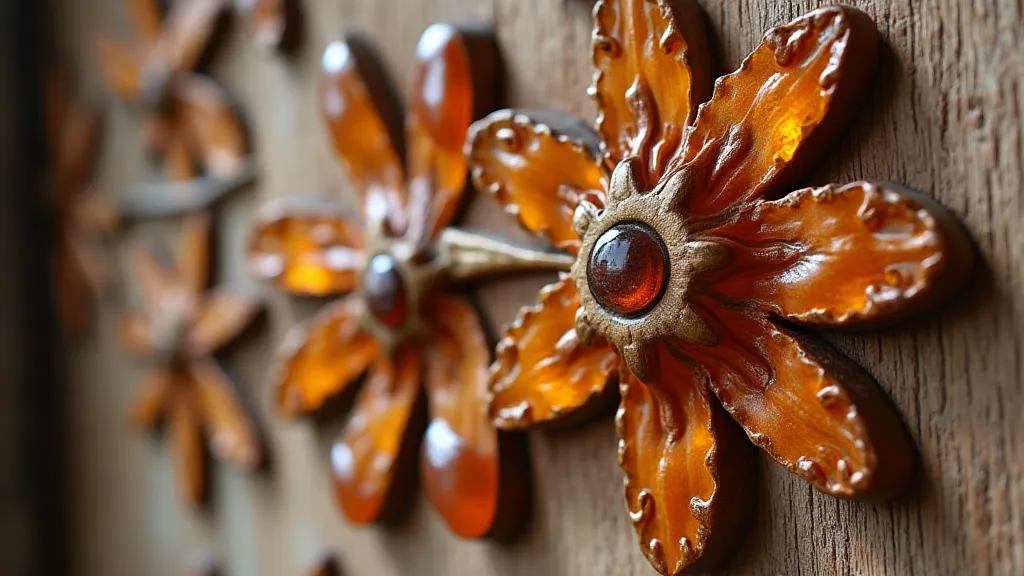
The Bavarian Waltz: Cedar and Myth in Alpine Carving
In the Bavarian Alps, Elsa’s apprenticeship was steeped in legend and folklore. Her family specialized in carving wooden figures of mythical creatures – gnomes, sprites, and forest guardians – using aromatic cedar wood, prized for its durability and its ability to hold intricate details.
“My grandmother would tell me stories while I carved,” Elsa remembers. “Stories of the Waldgeist, the spirit of the forest, and of the Bergmännchen, the little mountain men. These weren't just stories; they were the inspiration for my carvings. Each creature had a personality, a history, a purpose.” The process wasn't solely about skill; it was about embodying the spirit of those legends in wood.
Elsa’s training involved a grueling regimen of repetitive tasks—smoothing surfaces, chiseling details, and experimenting with different carving techniques. “My grandfather would often say, ‘The wood reveals its secrets to those who are patient.’ It was a hard lesson to learn, but it instilled in me a deep appreciation for the process.” The carvings aren't just decorative objects; they're conduits for storytelling, perpetuating the rich folklore of the Bavarian Alps. The meticulous nature of this tradition requires an incredible level of physical precision and control, a mastery refined through years of dedicated practice, a subject thoughtfully examined in dance of the chisel.
Beyond the Craft: The Legacy of Apprenticeship
These narratives, though geographically distinct, share a common thread: the profound impact of apprenticeship. It’s more than just learning a technique; it's about inheriting a legacy, a connection to a culture, and a deep respect for the natural world. The challenges are significant – the frustrations of a splintered piece of wood, the exhaustion of repetitive tasks, the pressure to meet the expectations of a demanding mentor. The slow and deliberate process of mastering these skills demands not only physical dexterity but also a profound understanding of the underlying principles of form and balance, contributing to the overall aesthetic and cultural significance.
But the rewards are immeasurable. The joy of creating something beautiful with one’s own hands, the satisfaction of preserving a tradition, the profound connection to one’s cultural heritage—these are the treasures that apprenticeships bestow. As these artisans continue their craft, they’re not just creating wood carvings; they’re perpetuating a dialogue, a whisper of the grain that resonates through generations. The wood itself holds memories, and through these apprenticeships, those memories are preserved, revitalized, and passed on, ensuring that the legacy of regional carvings continues to flourish. The slow, deliberate process of apprenticeship is a vital element in preserving the subtle nuances of these regional styles, preventing them from being diluted or lost to mass production and homogenized trends.
The transmission of these skills isn't always straightforward; it requires a specific kind of teacher – someone who isn’t just technically skilled but also deeply committed to sharing their knowledge and passion. These mentors understand that true mastery extends beyond the physical act of carving; it encompasses the cultural context, the spiritual connection to the wood, and the responsibility of preserving a living tradition. The value of these traditions is immeasurable, representing a unique cultural identity that connects people across generations.
Moreover, the continuation of regional carving styles isn’t merely about maintaining artistic beauty; it’s about safeguarding a vital part of cultural heritage. These carvings are tangible representations of history, mythology, and the enduring spirit of communities—a silent testament to the power of human creativity and resilience. They act as a living link to the past, allowing future generations to connect with their roots and to appreciate the rich tapestry of human experience.
Consider the impact of modern technology and mass production on traditional crafts. While these advancements offer new tools and materials, they also pose a threat to the authenticity and uniqueness of regional carving styles. The rise of mass-produced souvenirs and generic decorations can dilute the true essence of these traditions, reducing them to mere commodities rather than cherished works of art. It is therefore crucial to support and promote the work of skilled artisans who are dedicated to preserving the integrity and authenticity of regional carving styles.
To ensure the long-term survival of these traditions, it is essential to foster a culture of appreciation and support for skilled artisans. This includes providing them with access to resources, training, and marketing opportunities. It also requires educating the public about the value of handmade crafts and encouraging them to seek out authentic works of art. By investing in the future of regional carving styles, we can ensure that these precious traditions continue to flourish for generations to come.
